Hi guys,
So a great gal posted on her blog about difficulties with turning an old shed into a greenhouse. I shared some information with her that I think a lot more folks would find useful. There's so much conflicting information and advice when it comes to greenhouses. In my opinion, one size does not fit all, and in at high elevations and far northern latitudes, you really need solid advice if you want a greenhouse that will actually extend your growing season and be useful.
I'm a 25 year old farmer, entrepreneur, physicist and writer born and raised among the snow-capped mountains of Montana. I grew up on an off-the-grid homestead with my brother, raised by my dad--a scientist, historian, entrepreneur, farmer, author, alternative energy expert and passive solar pioneer (he's never one to brag, so I'll do it for him). My brother and I went off on scholarships, first to the east coast then to the south for college, but we have since returned to our wild mountains to build our lives and prepare to not only survive, but thrive and pass the torch of civilization to those who will follow us.
My dad's done thousands of passive solar greenhouses and I grew up learning about it through osmosis. I only give advice on what I've tried and experienced first-hand at 5,000 ft elevation here in Montana. I won a solar hot water heater competition back east by boiling 8 oz of cold water in 30 minutes using nothing but cardboard, saran wrap, string, duct tape, black spray paint, aluminum foil, and a soda can. My fellow physics students were baffled, but I had the advantage of a childhood spent playing with solar energy.
There is a lot of scientific info, including graphs and charts and equations, I could be slinging around, but for the sake of brevity I'll try to keep it simple.
To get the most bang for your buck, a passive greenhouse retrofit is the way to go. 'Passive' means you're harnessing the sun without external power--no fans, heaters or machinery needed. If you want to extend your growing season (4 season greenhouses take more work and calculations) without nighttime freezes or daytime cookouts, there are four simple steps:
1. Glazing. Most folks get this one right. You want the sunlight to pour into your greenhouse. This gives the essential light and heat for a working greenhouse. THE TRICKY PART: Only glaze (make transparent) the south face of your greenhouse. If part/all of the roof is steeply tilted (~45 degree angle) and facing south, then glaze it! Any wall or roof surface that is not facing south SHOULD NOT BE GLAZED. In the Redoubt, especially at higher elevations, you are fighting a battle between heat gain and heat loss every day. Any transparent surface is losing heat when the sun isn't shining on it.
2. Control the airflow. Some folks get this one right. THE TRICKY PART: At high elevations in the Redoubt, any crack or crevice that lets the wind blow through and carry that air from the snowy heights across your little seedlings is going to sabotage your greenhouse efforts. Block up every crack, hole, gap, nook or cranny with wadded up newspaper, toilet paper, rags, etc. I've even stapled plastic grocery bags and cardboard across gaps in a wall. Whatever works--you need to control airflow. On sweltering mid-summer days, yes you will need to vent. But you need to control the venting (there are lots of great options for this) so at night you can seal it up tight and that refreshing temperature drop we all love so much doesn't get into your greenhouse.
3. Insulation. Few people get this one right. Any wall or roof surface of your greenhouse that isn't transparent glazing needs to be insulated. This brings us back to that war you're waging between heat loss and heat gain every day and every night. Insulation can be simple. Cardboard and/or egg cartons can be stapled to the inside walls. You can erect a false wall a few inches inside and fill the gap with loose earth, sawdust or straw or any scrap material you have lying around with insulating properties. THE TRICKY PART: Your biggest heat loss happens every night, especially if you've glazed part/all of your greenhouse roof. Every night the earth radiates heat into the vast empty expanse of space. This effect has a profound effect on nighttime temperatures in your greenhouse. For many folks, the nighttime heat loss is worse than the daytime heat gain through a transparent roof, and the best solution is to have a regular roof and insulate it well. If you're the creative type (who am I kidding, of course you are!) then you can devise a simple system inside your greenhouse to insulate the transparent part of the roof every night and pull back the insulation every morning to let the glorious sunshine in. Some designs that have worked well were as simple as an old ratty quilt, some nails and 2x4s, and a long pole.
4. Thermal storage mass. Almost no one gets this one right. Are you tired of having a greenhouse that cooks every day and freezes every night? You need thermal storage mass. The concept is simple. During the day, the sun shines in and heats up the air and any dark surface (like the soil or black plastic pots). This thermal energy (heat) wants to have something to do, and if you don't give it a job, it will cook your greenhouse. How do you give it a job? Thermal mass. Anything 'massive' placed in the direct sunshine will absorb all that extra daytime heat and slowly release it at night. The simplest solution is often 50 gallon drums of water painted black with raised beds built on top. Water is excellent thermal storage, but you can also use stone, brick or even massive amounts of soil (this is how pit gardens work). THE TRICKY PART: If you have too much thermal mass, your greenhouse will be cold and chilly like a medieval castle. The thermal energy (heat) from the sun has too much work to do and can't warm up your greenhouse properly. If you have too little thermal mass, your greenhouse will still cook and freeze, but the extremes won't be quite as bad.
The tricky parts of each of these simple steps aren't all that tricky if you take the time to think about your design and do some research online. Personally, I've found that the best 'all-in-one' resource for understanding passive solar greenhouses (and quite a bit more) are the NMSEA Bulletins.* Check it out: http://cdn.shopify.com/s/files/1/0281/6710/files/HotTopicIndex_PC_ED.html?1724 Especially under Home: Construction 'Rules of Thumb' and 'Thumbmanship' by Mr. Balcomb.
*Disclaimer: I'm New Ordnance's daughter from the Rocky Mountain Corn Project and RockyMountainCorn.com
Here is a link that might be useful: RockyMountainCorn.com
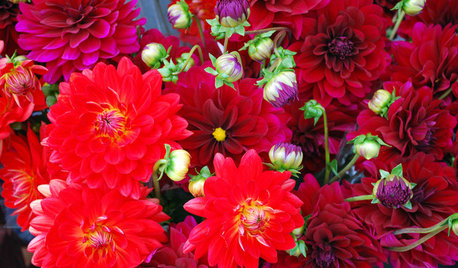



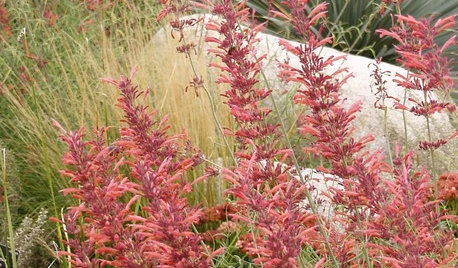

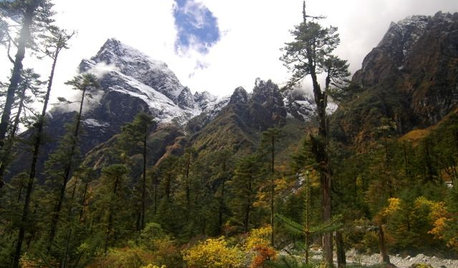
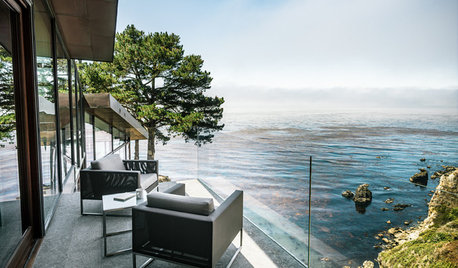
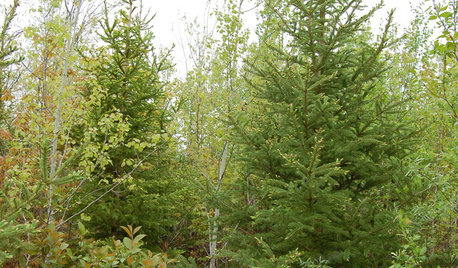
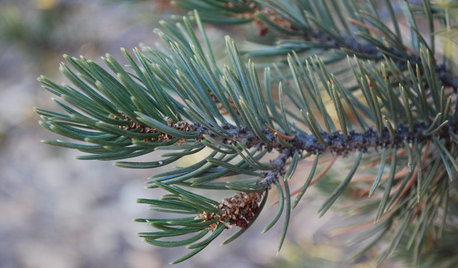







CanadianLori
Related Professionals
Windham Landscape Architects & Landscape Designers · Lake Oswego Landscape Architects & Landscape Designers · Lyons Landscape Architects & Landscape Designers · Salem Landscape Architects & Landscape Designers · Sahuarita Landscape Architects & Landscape Designers · Aurora Landscape Contractors · Boca Raton Landscape Contractors · Emmaus Landscape Contractors · Fountain Valley Landscape Contractors · Hickory Hills Landscape Contractors · Paso Robles Landscape Contractors · San Antonio Landscape Contractors · West Palm Beach Landscape Contractors · Whittier Landscape Contractors · Rehoboth Solar Energy Systems